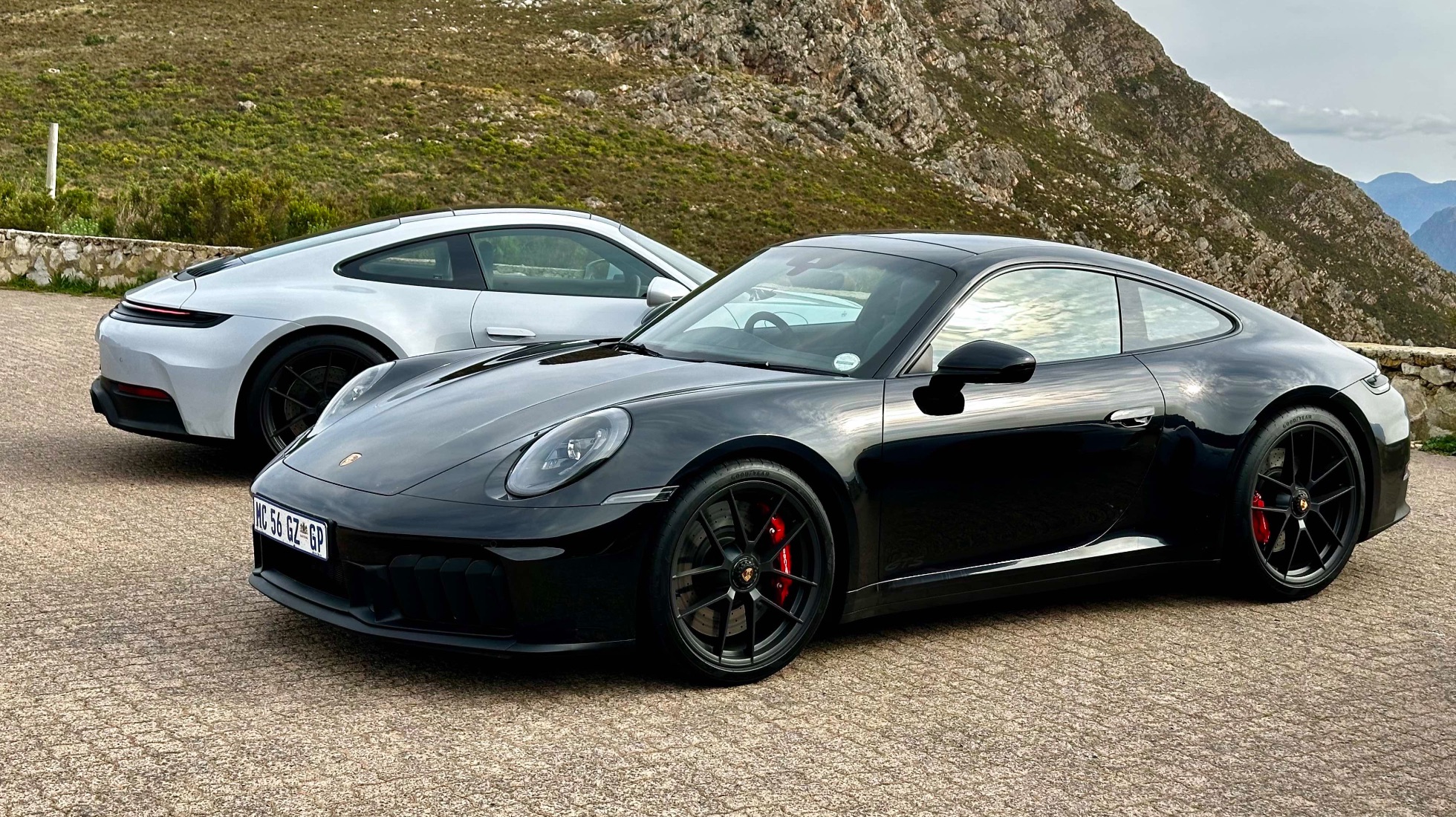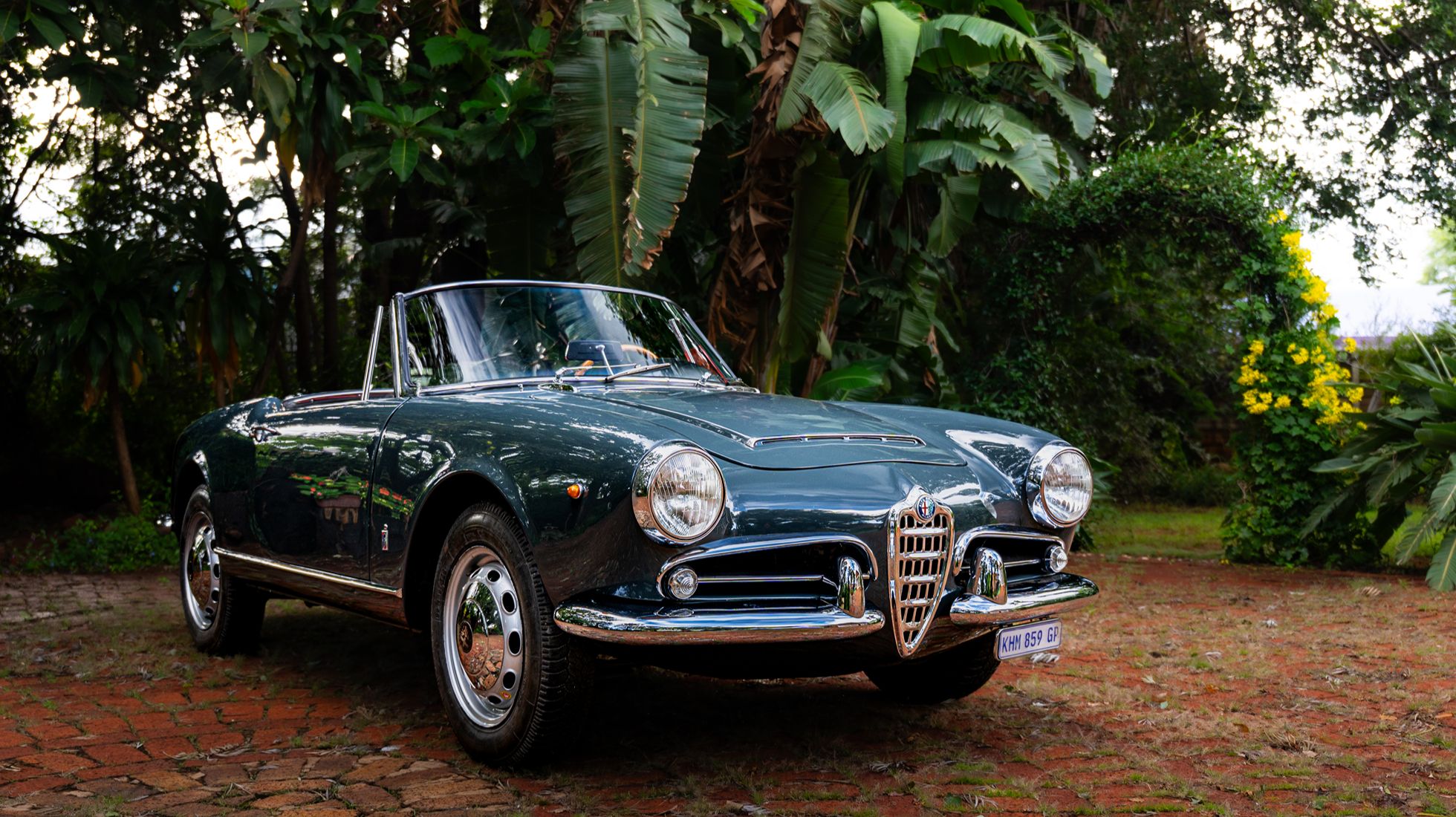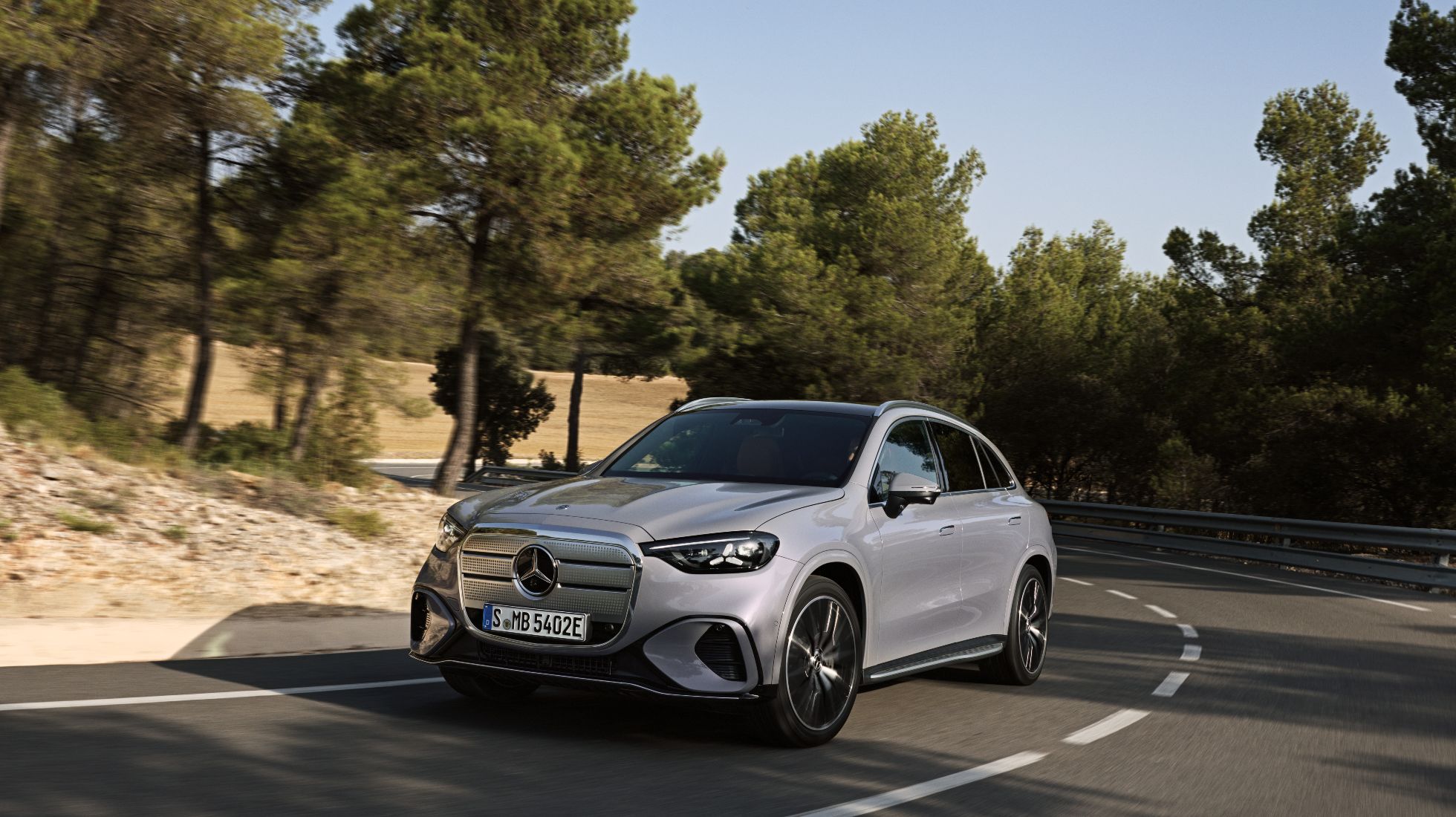International First Drive: Volkswagen Amarok

Bakkies are big business, and any would-be volume car retailer worth their salt knows the importance of having their own advocate. Toyota continues to, well, lead the way in the sales charts; this is attributable to the over half a century of building this nameplate in various iterations. Of course, Ford, Isuzu, Nissan and VW are just some of the players in this space, the latter having entered the fray in 2010 with the Amarok.
Yes, the brand did dabble in the half-ton segment with the Citi Golf-based Caddy, but that was a one-trick pony that served its purpose well at the time. However, there was a need for the German marque to play meaningfully in the LCV (Light Commercial Vehicle) segment and, as such, had to develop a bakkie from the ground up on its own steam. No mean feat, I may add.
Built in Argentina, the Amarok finally landed in South Africa in 2010, and I was privileged to be one of the first motoring journalists at the time to get behind the wheel of the first models to arrive on our shores. And right off the bat, the Amarok impressed me with its lofty levels of refinement that would not be out of place in a premium SUV of that time. This also trickled down to the way it drove with one of the plushest bakkie suspensions I had ever experienced at the time. Over the years, the model was improved with a bump in power and the introduction of an automatic gearbox, which markedly changed the nature of the vehicle. However, the model's zenith came in the form of the headlining V6 TDI variant that brought much-needed oomph and even higher levels of refinement. It also became one of the market's most powerful bakkies, and its feisty road manners were indicative of this. Imagine a Golf GTI of bakkies to get the gist of its performance prowess. Okay, perhaps that is a bit of a stretch. That engine gave the Amarok a new lease of life as buyers went in their droves to buy the V6 TDI and not the lowly derivatives. I get the logic, and so did VW, who simply did not anticipate the overwhelming demand for the flagship model.
Granted, though, more than a decade since its inception, the model became rather long in the tooth, and the cabin appointments were reflective of its bygone era. In my humble opinion, the first-generation Amarok was a very well-engineered bakkie that has stood the test of time. For its second generation, which will launch in SA later this quarter, Volkswagen signed an MOU (Memorandum Of Understanding) with Ford to co-develop the Amarok. Yes, Ford now builds the latest generation Amarok at its Silverton plant in Tshwane, alongside the Ranger, which it is based on. Sacrilegious? Not quite! These partnerships will be endemic in the future as more manufacturers strengthen partnerships to co-develop products.
Ford and Mazda have co-developed cars under the auspices of the Samcor Group for several years, not the least contextually the Ranger and BT-50 bakkies, which shared underpinnings, drivetrains and even engines. It's economies of scale at play here, which brings development costs considerably down by developing a singular vehicle platform and spinning off another from said platform.
Of course, this does not necessarily work for the better, the Nissan Navara and Mercedes-Benz X-Class collaboration being a case in point, but Volkswagen seems adamant this will not be the case on their part. I suppose only time will tell.

That said, we got behind the wheel of the latest, Silverton-built Amarok at its International media launch in Cape Town recently to see, firstly, whether VW – or is that Ford – had done enough to improve upon the previous model. Secondly, if there is enough discernment to the Ford Ranger, it is based on. Of course, we will soon put the latter instance to the test when we bring both models together for a thorough comparison, so watch this space.
For now, however, the Amarok looks substantially unique compared to the Ford, thanks to its chrome grille in the instance of the flagship Aventura derivative. There are also four other trim lines to suit specific applications; Amarok, Life, and the rugged, off-road lifestyle, PanAmericana iteration.
Sizewise, at 5,350 mm, the new Amarok is 96 mm longer than its predecessor, while the wheelbase at 3,270 mm is 173 mm longer than its forbear. The trade-off of these increased dimensions provides more room in the double cab. Even with the increase in wheelbase, the latest model has considerably shorter overhangs, which can be chalked up to the model's off-road capabilities. In particular, the front and rear overhangs are now 36 and 26 degrees, respectively. The load box, meanwhile, is rated at 1.19 tonnes and can load a Euro pallet sideways in the instance of the Double Cab, while the Single Cab can take an additional pallet. The cargo box measures 1,624 mm in length in the Double Cab and 2,332 mm in the Single Cab variant.

Moving inside, the cabin has been modernised, even on the base version. The displays consist of the 8.0" Digital Cockpit (the Style and above models receive the fully digital 12.3" system). The portrait format touchscreen of the infotainment system measure 10.1" at the base, while Style and above receive a 12" screen. It is a well-laid cabin with decent levels of tactile quality to take the fight to the establishment. Most of the switchgear comes from the Ford drawer, which is not a bad thing as it is mostly of good quality.
Several engines will be made available in both petrol and diesel derivatives, although these will be confirmed closer to its local launch. We spent time mainly in the 3.0-litre V6-equipped flagship models boasting 184 kW and 600 Nm. These are paired exclusively to a 10-speed automatic gearbox and 4Motion all-wheel drive for maximum traction. And while the powerplant is exceptionally refined in its operation, it didn't feel as punchy as the outgoing engine in the Amarok, which could be a disappointment for previous owners, but not to the extent of it being a deal breaker. In fact, quite the contrary, as the Amarok in flagship Double Cab versions now panders more to sophistication and plushness, something it musters rather admirably.
On-road manners are quite exemplary, exhibiting an SUV-like driving disposition that will strike a chord with discerning bakkie buyers. Even off the beaten track, the Amarok could easily hold its own, and it was here that its supple suspension came to the fore, ironing out ruts and dongas as it clamoured on the loose, rocky surface.
As a standalone product, the model manages to tick all the boxes with absolute glee, and it would be interesting to see where it is eventually priced when it goes on sale in March this year. Volkswagen has indicated that it will fetch a slight premium over its Ford Ranger counterpart, citing that it has a slightly more luxurious feel and drive polish. That, of course, remains to be seen as we will put both models to the test to confirm this theory.

%20(4).jpg)
.jpg)

.jpg)
















